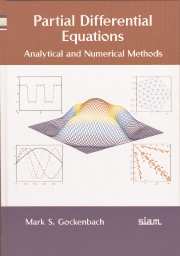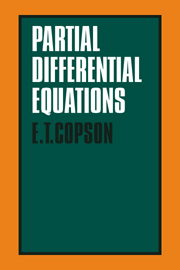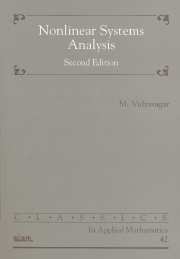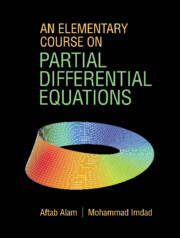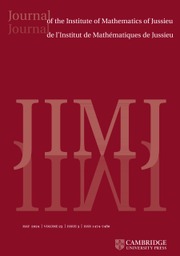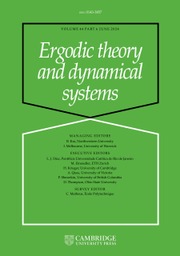Partial Differential Equations
This introductory text on partial differential equations is the first to integrate modern and classical techniques for solving PDEs at a level suitable for undergraduates. The author successfully complements the classical topic of Fourier series with modern finite element methods. The result is an up-to-date, powerful, and flexible approach to solving PDEs, which both faculty and students will find refreshing, challenging, and rewarding. Linear algebra is a key component of the text, providing a framework both for computing solutions and for understanding the theoretical basis of the methods. Although techniques are emphasized over theory, the methods are presented in a mathematically sound fashion to develop a strong foundation for further study. Numerous exercises and examples involve meaningful experiments with realistic physical parameters, allowing students to use physical intuition to understand the qualitative features of the solutions.
- The accompanying CD-ROM includes thorough tutorials on using MATLAB, Mathematica, and Maple to compute and graph solutions
- The text includes thorough expositions of the background material from linear algebra and ordinary differential equations, and an emphasis on connecting mathematical results with physical understanding
- Solutions to odd-numbered exercises, including, in many cases, a complete outline of the solution process, are provided
Reviews & endorsements
'I love this book and look forward to using it as a text in the future. … It's the first truly modern approach that I've seen in a PDE text.' Maeve L. McCarthy, MAA Online Book Review
'The introduction of FEM to an undergraduate PDE text is wonderful. It's the first truly modern approach that I've seen in a PDE text.' Maeve L. McCarthy, MAA Online Book Review
Product details
October 2002Hardback
9780898715187
636 pages
260 × 181 × 33 mm
1.286kg
This item is not supplied by Cambridge University Press in your region. Please contact Soc for Industrial & Applied Mathematics for availability.
Table of Contents
- Preface
- 1. Classification of differential equations
- 2. Models in one dimension
- 3. Essential linear algebra
- 4. Essential ordinary differential equations
- 5. Boundary value problems in Statics
- 6. Heat flow and diffusion
- 7. Waves
- 8. Problems in multiple spatial dimensions
- 9. More about Fourier series
- 10. More about finite element methods
- Appendix A
- Appendix B
- Appendix C
- Bibliography
- Index.

